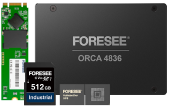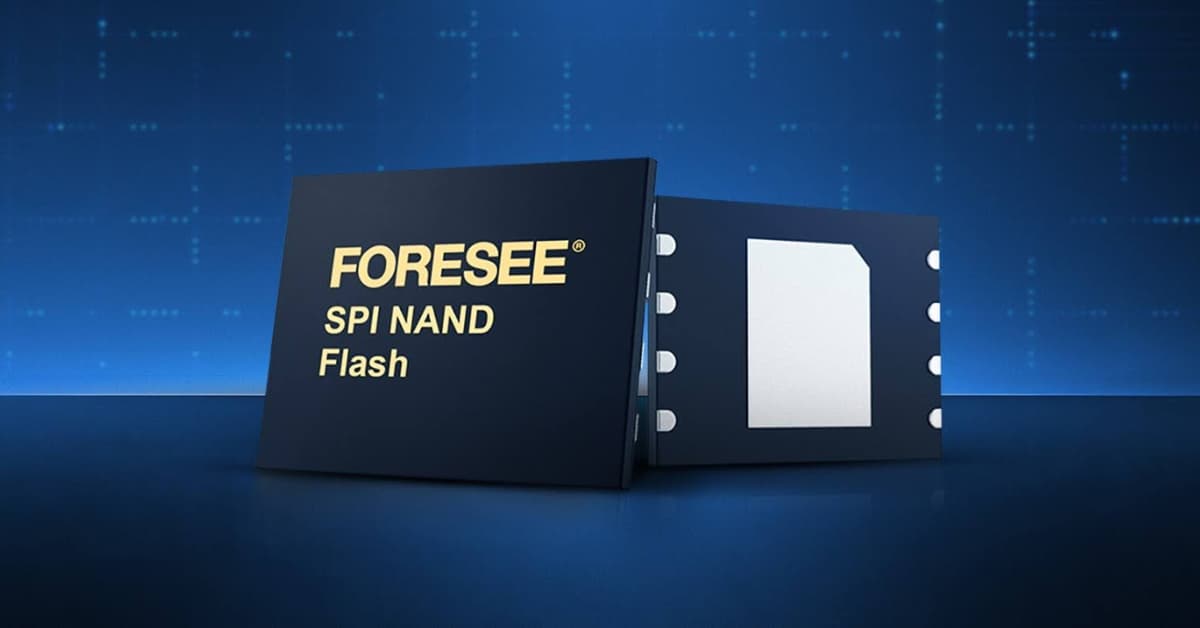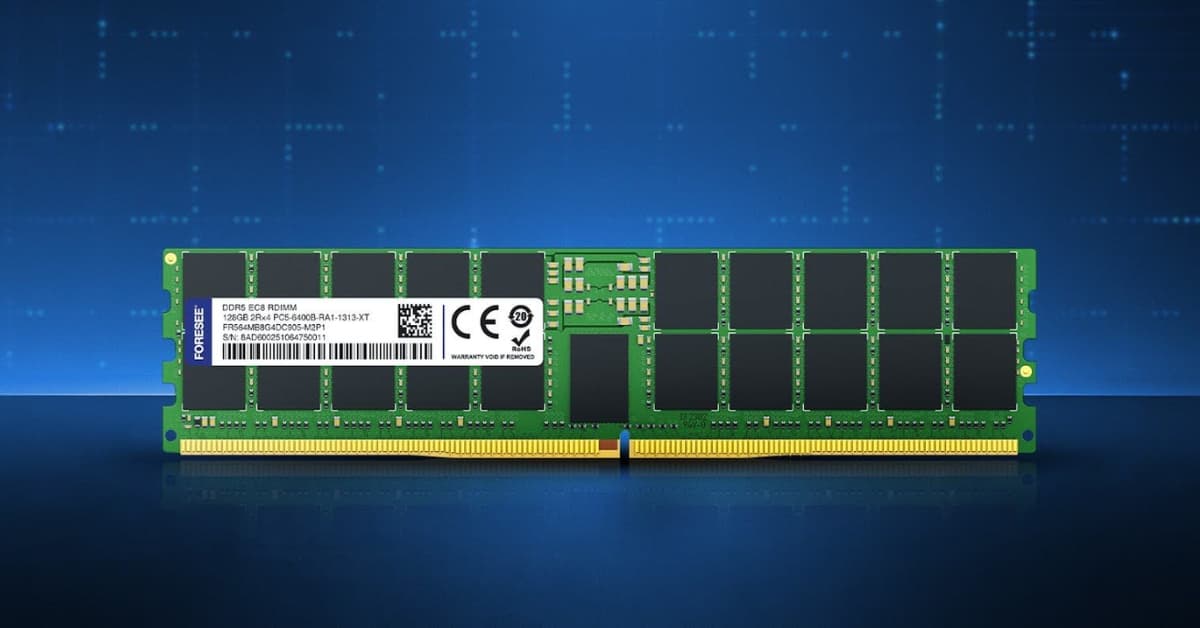Standard NAND flash memory operates reliably in controlled environments like office computers, smartphones, and tablets. However, automotive applications demand performance under conditions that destroy consumer-grade components within months.
The automotive environment subjects memory to temperature extremes ranging from -40°C to +125°C, constant vibration, electromagnetic interference, and power fluctuations. Standard NAND flash typically operates within 0°C to 70°C range and lacks the error correction, wear leveling, and thermal management required for automotive durability.
In the past, development teams have selected consumer-grade NAND flash based solely on cost considerations, only to discover reliability failures during qualification testing. The hidden costs of redesign cycles, delayed product launches, and warranty claims far exceed the initial savings from cheaper memory components.
AEC-Q100 Compliance: The Automotive Memory Standard
AEC-Q100 qualification represents the automotive industry’s reliability standard for integrated circuits. This qualification process tests components through temperature cycling, high-temperature storage, bias temperature stress, and electromagnetic compatibility scenarios that simulate real-world automotive conditions.
For NAND flash memory, AEC-Q100 compliance means:
- Temperature Grade Requirements: Grade 1 (-40°C to +125°C) or Grade 2 (-40°C to +105°C) operation with guaranteed data retention
- Endurance Testing: Minimum 100,000 program/erase cycles with error correction capability maintaining data integrity
- Data Retention: 10-year minimum data retention at maximum operating temperature
- ESD Protection: Human Body Model (HBM) and Charged Device Model (CDM) protection exceeding consumer requirements
- Electromagnetic Compatibility: Immunity to automotive electromagnetic environments per ISO 11452 standards
These requirements aren’t arbitrary specifications. They reflect where failure can be inconvenient and potentially dangerous.
High Endurance Requirements for Automotive NAND Flash
Automotive applications generate continuous data writes that quickly exhaust standard NAND flash endurance limits. Consider these automotive data generation patterns:
Infotainment Systems: Navigation updates, media caching, user preference storage, and software updates create constant write activity. During normal operation, a typical infotainment system writes 10GB-50GB daily.
Advanced Driver Assistance Systems (ADAS) Modules: Camera calibration data, radar signatures, sensor fusion parameters, and machine learning model updates require frequent storage updates. During active learning phases, ADAS systems may write 100GB+ daily.
Telematics Control Units: Vehicle diagnostics, GPS tracking, cellular communication logs, and over-the-air update staging generate continuous background writes throughout vehicle operation.
Standard consumer NAND flash offers 3,000-10,000 program/erase cycles. Automotive-grade NAND flash offers 100,000+ cycles, supported by advanced wear-leveling algorithms that evenly distribute writes across memory cells. This difference determines whether your memory system survives 5-10 years of automotive operation or fails within months.
Critical Automotive Applications for NAND Flash Memory
Infotainment System Storage
Modern infotainment systems function as automotive computers, managing navigation databases, media libraries, connectivity protocols, and user interface rendering. These systems require NAND flash memory that maintains performance consistency across temperature ranges while handling frequent software updates and user data changes.
Lexar Enterprise automotive NAND flash solutions provide the thermal stability and write endurance needed for infotainment reliability. Our memory modules maintain consistent read/write performance from -40°C to +125°C while supporting the high-capacity storage requirements of modern navigation and entertainment systems.
ADAS Memory Requirements
Advanced driver assistance systems depend on split-second data processing for collision avoidance, lane keeping, and autonomous driving functions. ADAS modules require NAND flash memory with ultra-low latency, high reliability, and the ability to maintain data integrity during power fluctuations.
The memory subsystem must handle simultaneous sensor data logging, calibration parameter updates, and real-time algorithm processing without introducing delays that could compromise safety systems. Automotive-grade NAND flash provides the consistent performance and reliability that ADAS applications demand.
Telematics and Connectivity Storage
Vehicle telematics systems manage cellular connectivity, GPS tracking, diagnostic data collection, and over-the-air update capabilities. These systems require robust NAND flash memory that maintains data integrity through ignition cycles, temperature variations, and electromagnetic interference from vehicle electrical systems.
Telematics applications benefit from NAND flash, which has power-loss protection features that prevent data corruption during unexpected power interruptions. This protection ensures diagnostic data, update files, and communication logs remain intact across all operating conditions.
Lexar Enterprise Automotive NAND Flash Solutions
Lexar Enterprise provides AEC-Q100-qualified NAND flash memory specifically designed for automotive applications. Our automotive memory solutions address the unique challenges of vehicle environments while supporting the performance requirements of modern automotive systems.
Automotive-Grade Specifications:
- Temperature range: -40°C to +125°C operation
- Endurance: 100,000+ program/erase cycles
- Data retention: 10+ years at maximum operating temperature
- AEC-Q100 Grade 1 qualification
- Enhanced ECC with power-loss protection
Application-Optimized Performance:
- Low-latency access for real-time ADAS processing
- Consistent performance across temperature ranges
- Advanced wear leveling for extended operational life
- Electromagnetic interference immunity per automotive standards
Our engineering team works directly with automotive OEMs to optimize memory configurations for specific applications, ensuring integration success and long-term reliability across vehicle platforms.
Engineering Considerations for Automotive NAND Integration
Successful automotive NAND flash integration requires understanding the interaction between memory specifications and system-level requirements. Engineers must evaluate beyond storage capacity and speed, including thermal characteristics, power consumption, and electromagnetic compatibility within the vehicle’s electrical architecture.
Thermal Management: Automotive NAND flash generates heat during operation, which must be dissipated effectively to maintain performance and reliability. Consider heat sink requirements, airflow patterns, and proximity to other heat-generating components during printed circuit board (PCB) layout.
Power Supply Design: Automotive electrical systems experience voltage fluctuations, load dumps, and power interruptions that can corrupt memory data. To maintain data integrity, implement appropriate power supply filtering, backup power systems, and power-loss protection.
EMC Compliance: Vehicle electromagnetic environments include ignition systems, electric motors, radio frequency transmissions, and switching power supplies. Select NAND flash with proven EMC performance and design PCB layouts that minimize electromagnetic susceptibility.
Testing and Validation Requirements
Automotive NAND flash requires extensive testing beyond standard qualification procedures. Validation testing should include thermal cycling across the full automotive temperature range, vibration testing per automotive standards, and electromagnetic compatibility verification.
Accelerated Life Testing: To predict long-term reliability, memory samples are subjected to elevated temperature and voltage stress. This testing identifies potential failure modes and validates endurance specifications under accelerated aging conditions.
System-Level Integration Testing: Verify NAND flash performance within the complete automotive system, including interaction with processors, power management, and other subsystems. This testing ensures memory performance remains consistent across all operating conditions.
Field Validation: Conduct extended testing in actual vehicles across diverse geographic and climatic conditions. Field validation provides real-world performance data that laboratory testing cannot replicate.
The Future of Automotive Memory Starts with Your Next Design Decision
Automotive-grade NAND flash memory isn’t just higher-specification storage – it’s the foundation for reliable vehicle systems that protect your brand reputation and ensure customer safety.
When selecting Lexar Enterprise automotive NAND flash solutions, you choose memory technology that meets AEC-Q100 standards, provides the endurance and reliability your applications demand, and comes with the engineering support needed for successful automotive integration. Your vehicle platforms deserve memory components that match your engineering standards.
Start your next automotive project with confidence. Contact Lexar Enterprise to discuss your NAND flash requirements and discover how our automotive memory solutions support your development success.




